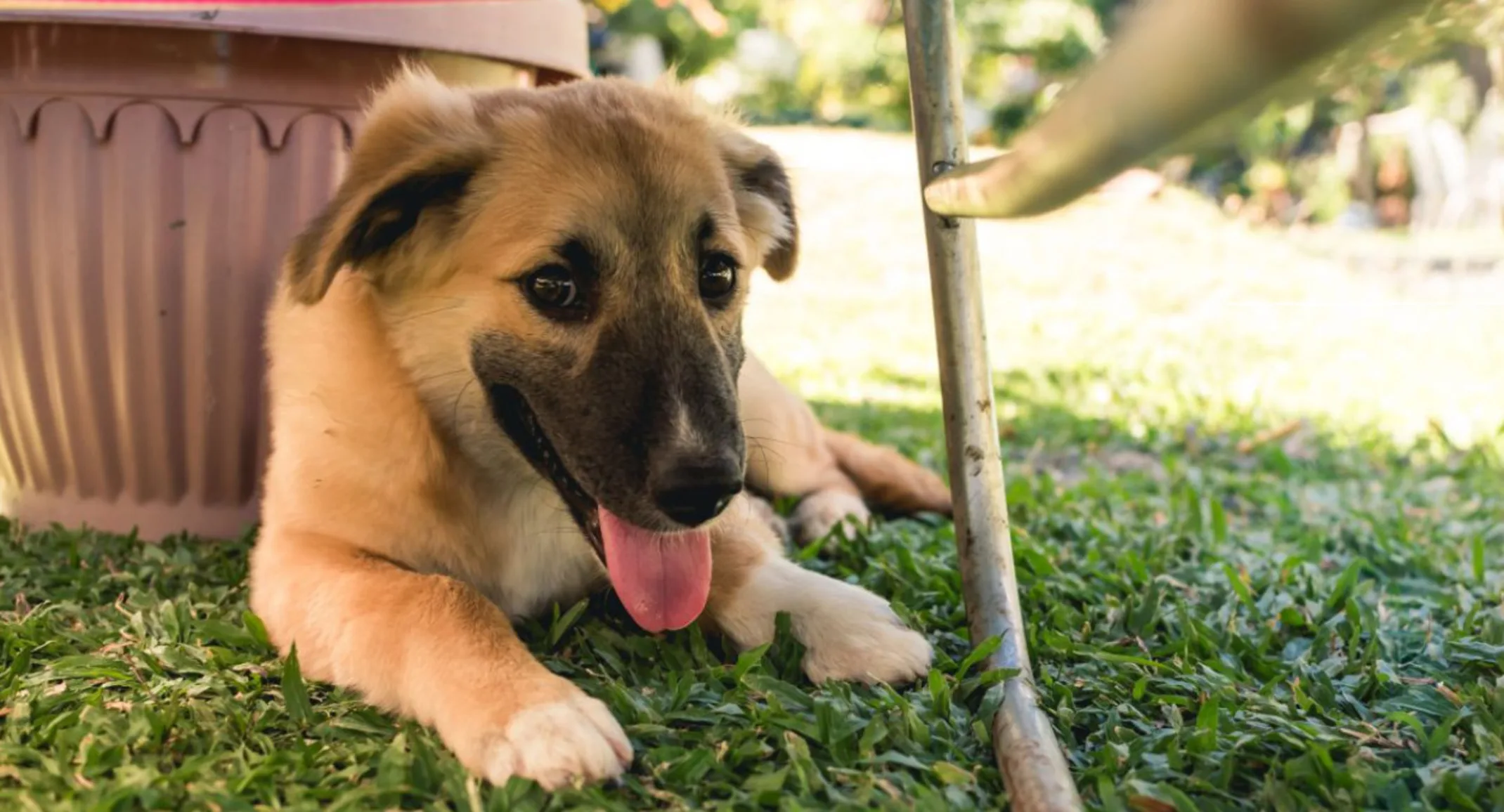What To Do If Your Dog Has A Hot Spot: Causes & Treatments
Dogs

The term ‘hot spot’ is often used when people outside the veterinary profession talk about dog skin problems. However, most of the skin issues clients think are ‘hot spots’, really aren’t.
What is a Hot Spot?
In medical jargon, a hot spot is called pyotraumatic dermatitis. True hot spots are patches of very inflamed, painful, and moist skin. They often develop rapidly, sometimes in less than an hour, due to intense scratching. As the inflamed skin oozes, the surrounding hair sticks tight over the area creating an ideal environment for bacteria to grow. The inflammation involved causes the skin to become warm, which is why they are called ‘hot spots.’ A foul odor produced by bacterial infection is typically the last symptom to develop. This is because hot spots are not actually caused by bacteria on the skin, they are caused by allergy, however, any stimulus which causes a dog to scratch intensely at one location can result in a hot spot.
HOW ARE HOT SPOTS AND PUSTULES DIFFERENT?
Compared to hot spots, pustules are smaller, less painful, less smelly, and less obvious. In most cases, pustules are caused by a bacterial infection in or on the skin. Pustules typically start very small and are difficult to see. Compared to human pimples, canine pustules are easily broken and rarely seen. When pustules break, the bacteria and debris spill out. As this material dries, it forms a crust which traps the surrounding hairs and irritates the skin, causing a rough circular ring of redness. When the crust falls off, it removes the hair with it, leaving a small, but obvious, hairless area. Pustules often result in itching but are rarely painful, unlike hot spots.
HOW ARE HOT SPOTS AND PUSTULES TREATED?
Hot spots must be cleaned gently with an antiseptic in a veterinary hospital. The hair surrounding the hot spot usually needs to be shaved to prevent it from covering the wound and becoming matted with discharge. Many dogs are in so much pain that they must be sedated prior to hot spot cleaning. After cleaning, the Veterinarian will typically prescribe an oral antibiotic. Oral pain relievers and anti-inflammatory drugs might be dispensed as well. In contrast, pustules are often treated at home with an antiseptic shampoo. Oral antibiotics may be necessary depending on the severity of the pustules and the patient’s history. In both situations, the underlying cause should be investigated in order to reduce the risk of recurrence. Allergic dermatitis is the most common underlying cause of both pustules and hot spots.
What should I watch for at home during treatment?
You should see a reduction in itching and discomfort for both hot spots and pustules. If a foul infection odor was observed before, it should resolve and not return. If new spots develop, you should call your veterinarian immediately. If your pet is scratching and licking their skin at home, a cone can help to stop them before you can visit a veterinarian.
What follow-up is needed?
Taking your dog back to your veterinarian for a recheck exam is an important part of the treatment plan. During this exam, your Veterinarian will determine if the infection has resolved and if any new areas of concern are developing. He or she may also feel this is the right time to investigate the underlying cause of the hot spot or pustules.
If you believe your pet may have a hot spot, making an appointment with your veterinarian is the best way to get them the treatment they need.
Written by Dr. Darin Dell, DACVD
